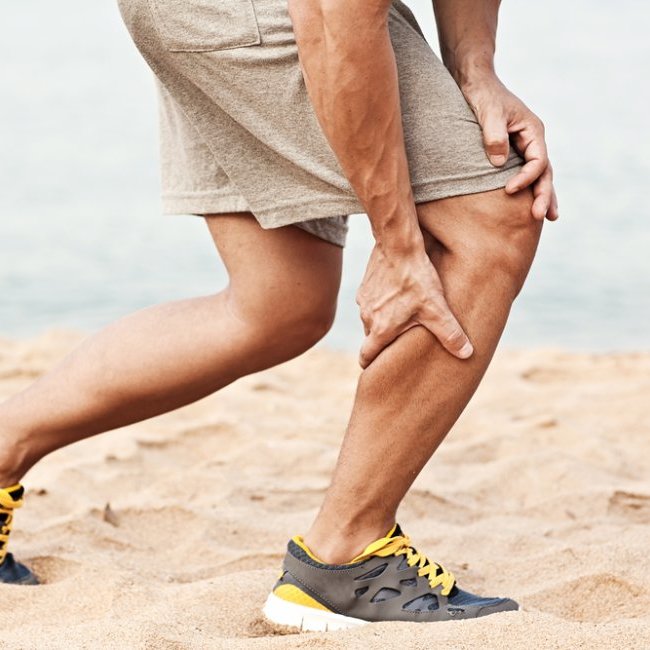


Physicians
Physiatry
Spine (non-operative)
 Healthgrades
Healthgrades
Orthopedic Surgery
Shoulder & Knee
Sports Medicine
 Healthgrades
Healthgrades
Orthopedic Surgery
Shoulder & Knee
Sports Medicine
 Healthgrades
Healthgrades
Physiatry
Spine (non-operative)
 Healthgrades
Healthgrades
Orthopedic Surgery
Spine & Neck
 Healthgrades
Healthgrades
Orthopedic Surgery
Shoulder & Knee
Sports Medicine
 Healthgrades
Healthgrades
Orthopedic Surgery
Shoulder & Knee
Sports Medicine
 Healthgrades
Healthgrades
Orthopedic Surgery
Shoulder & Knee
Sports Medicine
 Healthgrades
Healthgrades
Body parts
A strain involves the stretching or tearing of your muscle or tendon. There are two categories of strain. An acute strain is caused by a muscle that is pulled or stretched abruptly. A chronic strain is caused by prolonged, repetitive motion using the same group of muscles. (A sprain is a similar injury, but in a ligament.)
Strains often occur in the lower back and in the hamstring muscle at the back of thigh. With an acute strain, it is possible to have damage to the small blood vessels in the affected area, which would show up as a bruise. With either acute or chronic strains, you’ll experience pain even when the muscle is at rest; restricted movement because of pain; and possibly spasms or swelling in the area.
An acute strain can be the result of a fall or a sudden motion of the wrong kind. Lifting a heavy suitcase improperly can cause a strain, as can slipping on a wet floor. A chronic strain results from muscle overuse, and is often due to fatigue, poor conditioning, or consistently not warming up correctly.
“After taking your medical history and doing a physical exam, your doctor would most likely manipulate the affected joint to determine which muscle or tendon is affected. Tests like x-rays could be used to rule out bone damage, while an MRI might be indicated if your physician is uncertain about the extent of the strain and how many muscles, ligaments, or tendons are involved,” says Behnam Salari, DO, an orthopedic physician at OINJ.
“Your course of treatment would depend on which muscles are affected,” says Michael Gutkin, MD, a physiatrist at OINJ. “Generally, rest, accompanied by over-the-counter pain relievers, ice, and compression are all that is needed. Elevation is helpful if swelling is involved. Usually, what you need to do is give your body enough time to recover.”
“In the process of testing, if something like a torn ligament is found, other treatments may be indicated, or surgery may be necessary,” adds Dr. Salari.